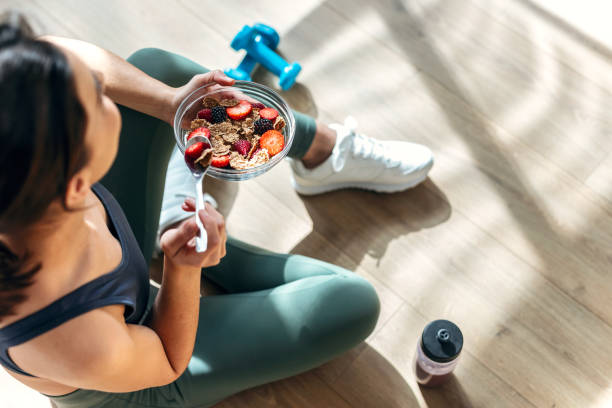At-Home Grooming: Step-by-Step Care for Healthy Coats and Skin
At-home grooming is a practical way to support your pet’s coat and skin health while strengthening your bond. Regular, gentle care helps prevent matting, detects early skin concerns, and keeps hygiene routines manageable between professional appointments. This overview outlines tools, techniques, and routines to create a calm, consistent grooming plan tailored to your pet’s needs.

This article is for informational purposes only and should not be considered medical advice. Please consult a qualified healthcare professional for personalized guidance and treatment.
Grooming: Which tools and routine?
A compact grooming kit makes at-home sessions more efficient and less stressful. Essential items include a slicker brush or comb matched to your pet’s hair type, a de-shedding tool for heavy shedders, grooming scissors with safety tips, nail clippers or a grinder, and ear-cleaning supplies. Begin by introducing tools slowly and rewarding calm behavior to build positive associations. Establish a weekly schedule for brushing and a monthly routine for nails and ears; shorter, frequent sessions often work better than long, infrequent ones. Adjust timing for puppies, kittens, or anxious animals.
Coatcare: Brushing and bathing tips
Coatcare varies by breed and hair length, but the fundamentals are similar: regular brushing removes loose hair, distributes skin oils, and prevents tangles. Use a soft pad brush for short coats, and a slicker or pin brush for medium to long hair. Bathe only as needed with a mild, pH-balanced pet shampoo—overbathing can strip protective oils and worsen skin conditions. When drying, blot with a towel and use a low-heat setting if using a dryer. Check for mats and trim them carefully or seek professional help for severe tangles to avoid skin damage.
Skin health: Checking and treating issues
Skin health checks should be part of each grooming session. Look for redness, flakiness, hotspots, bumps, parasites, or unusual odors. Small changes in behavior—excessive licking, chewing, or scratching—can signal underlying problems. For mild dry skin, a guided change in bathing frequency or a vet-approved topical treatment may help; for persistent or worsening symptoms, consult a veterinarian for diagnosis. Note any seasonal patterns or new products that coincide with reactions. Preventive parasite control and regular flea/tick checks are important to maintain healthy skin.
Nutrition and dentalcare for skin and coat
Nutrition directly affects coat shine and skin integrity. A balanced diet with appropriate protein, omega fatty acids, vitamins, and minerals supports healthy fur and reduces excessive shedding. Discuss dietary choices with your veterinarian, especially for animals with allergies or chronic skin conditions. Dentalcare is also part of overall wellness: oral inflammation can influence systemic health, so include regular tooth brushing and professional dental checks as advised by your vet. Supplements should be used only after professional guidance to avoid imbalances or interactions.
Behavior, training, and socialization during grooming
Behavior and training help grooming become a manageable, even pleasant routine. Use positive reinforcement—treats, praise, and short, predictable sessions—to teach pets to tolerate handling of paws, ears, and mouth. Desensitization techniques work well: pair tools and touch with rewards, increase time gradually, and stop before stress signs appear. Socialization and calm exposure to different environments and people can reduce anxiety around groomers or new equipment. For challenging behaviors, consult a professional trainer or behaviorist who can recommend specific exercises and rewards-based methods.
Seniorcare, exercise, travel, safety, and enrichment
Senior pets often need tailored grooming: arthritis can limit standing time, and thinner skin may require gentler handling. Schedule shorter sessions, provide padded surfaces, and check for age-related changes in coat and skin. Regular exercise supports circulation and overall wellness, which in turn benefits coat quality. When traveling with pets, pack familiar grooming tools and maintain routine to reduce stress. Safety includes using harnesses for restraint when necessary and avoiding human products that can irritate pet skin. Enrichment activities, such as scent games or gentle massage, make grooming a bonding and mentally stimulating experience, and adoption considerations should include evaluating a pet’s grooming needs before bringing them home.
Conclusion
A consistent, compassionate at-home grooming routine supports coatcare and skinhealth while strengthening the bond between you and your pet. Combining appropriate tools, regular checks, sound nutrition, and behavior-focused training helps prevent common issues and keeps grooming manageable for animals at all life stages. When in doubt about a skin condition, persistent behavior change, or specific treatments, seek veterinary advice to ensure safe, effective care.





